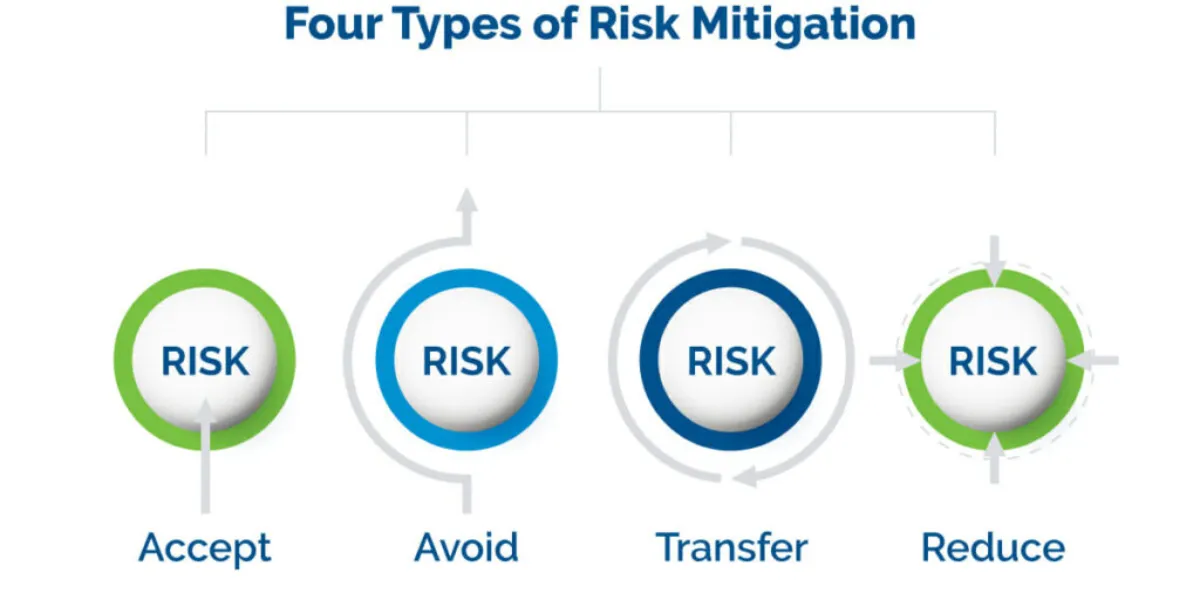Toronto Rental Rates: Understanding Trends & Challenges In recent years, Toronto has witnessed an unprecedented surge in rental rates, catapulting the city to the top of the charts in terms of housing costs in Canada. The latest National Rent Report unveils startling realities about the challenges facing renters in Toronto and sheds light on the multifaceted factors driving this trend.
Understanding the National Rent Report
The National Rent Report is a comprehensive analysis that provides insights into rental trends across major Canadian cities, including Toronto. It examines key metrics such as average rental prices, vacancy rates, and rental market dynamics to offer a nuanced understanding of the rental landscape.
Factors Driving Toronto’s Rental Rates

Several interrelated factors contribute to the escalating rental rates in Toronto. Economic trends, housing market dynamics, demographic shifts, urban development, and government policies all play significant roles in shaping the rental market landscape.
The Impact of Economic Trends

Toronto’s status as a thriving economic hub attracts a steady influx of newcomers seeking employment opportunities and a high quality of life. However, this economic prosperity also fuels competition for housing, driving up rental prices.
Housing Market Dynamics

Limited inventory coupled with high demand exerts upward pressure on rental rates. The imbalance between supply and demand creates a landlord’s market, allowing property owners to command higher rents.
Demographic Shifts and Rental Demand
Changing demographics, including an aging population, an increase in single-person households, and a growing number of millennials entering the rental market, contribute to sustained rental demand in Toronto.
Urban Development and Rental Supply

While urban development projects aim to address housing shortages, the pace of construction often lags behind the rapid population growth. This imbalance further exacerbates the housing affordability crisis.
Government Policies and Regulations

Government interventions, such as rent control measures and housing affordability initiatives, attempt to mitigate the impact of rising rental rates. However, the effectiveness of these policies remains a subject of debate among policymakers and housing advocates.
Affordability Challenges for Renters
Escalating rental costs pose significant challenges for renters, particularly low to moderate-income households. Many struggle to afford suitable housing within their budget, leading to housing insecurity and financial strain.
Strategies for Rental Cost Mitigation

Renters facing affordability challenges can explore various strategies to mitigate rental costs. These may include seeking alternative housing arrangements, negotiating lease terms, exploring government assistance programs, or considering suburban living options.
The Future Outlook for Toronto’s Rental Market
Despite ongoing challenges, Toronto’s rental market is expected to remain robust in the foreseeable future. However, achieving long-term sustainability will require concerted efforts from stakeholders across the housing ecosystem.
Tips for Prospective Renters

Prospective renters in Toronto can benefit from adopting a proactive approach to navigating the rental landscape. Researching neighborhood trends, understanding lease agreements, and prioritizing affordability can help renters make informed decisions.
Navigating Toronto’s Rental Landscape
As Toronto’s rental rates reach an all-time high, renters and policymakers alike are confronted with pressing challenges. By addressing underlying factors driving rental costs and implementing targeted interventions, stakeholders can work towards fostering a more inclusive and affordable rental market for all residents.
Click here for more visited Posts!




